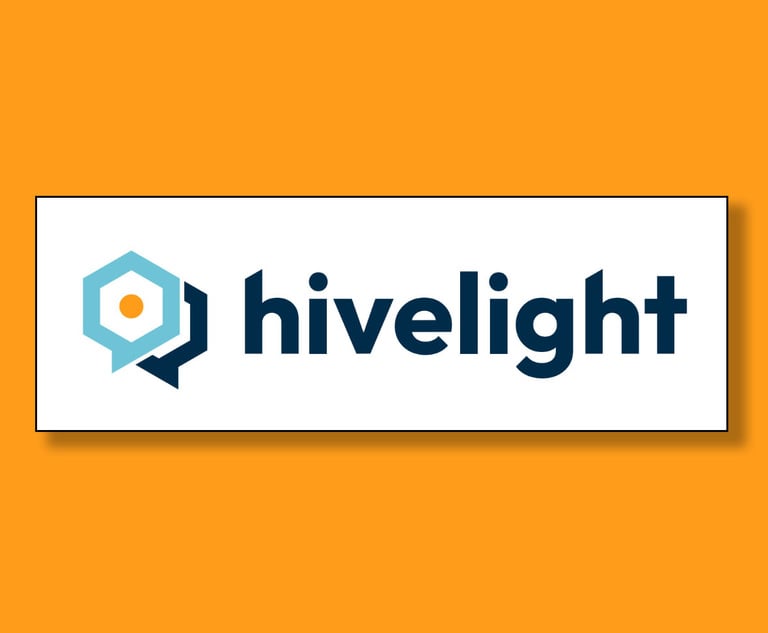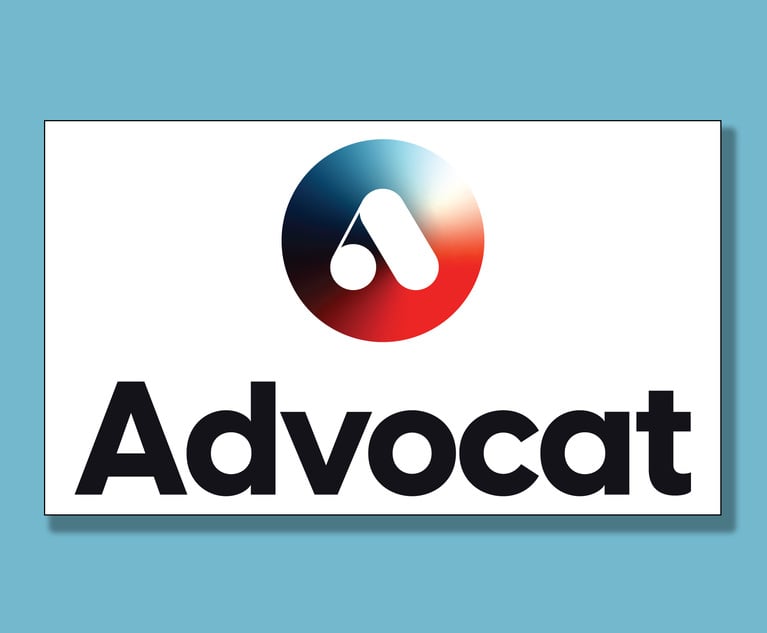It’s not surprising that law firms have begun to embrace end-to-end docketing and calendaring tools to drive efficiency, mitigate risk, and improve their overall litigation workflow management. But lately I’ve begun to wonder if firms are using these tools to their fullest potential.
The end-to-end litigation workflow is extremely detailed and complex. Firm employees must research court rules that vary considerably from one jurisdiction to another. They must calculate deadlines; research and fill out court forms; file documents (both in traditional formats and via eFiling); receive eFiling receipts and process them internally; download court documents and correctly file them in the firm’s document management system (DMS); and monitor daily pleading notifications. That’s a lot of detail with a lot of room for error, and basic tools like spreadsheets and productivity software simply aren’t up to the task.


 Illustration: ALM/Shutterstock.com
Illustration: ALM/Shutterstock.com




